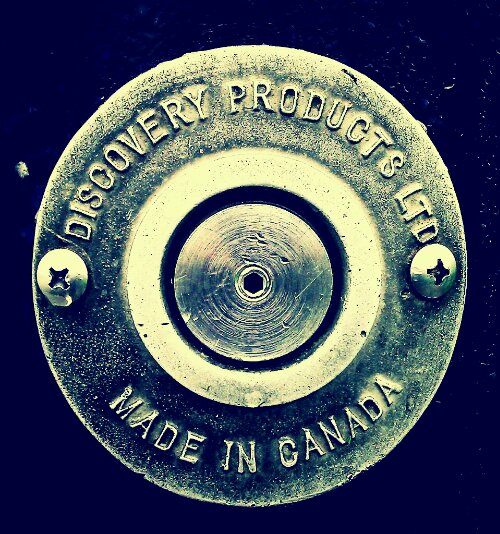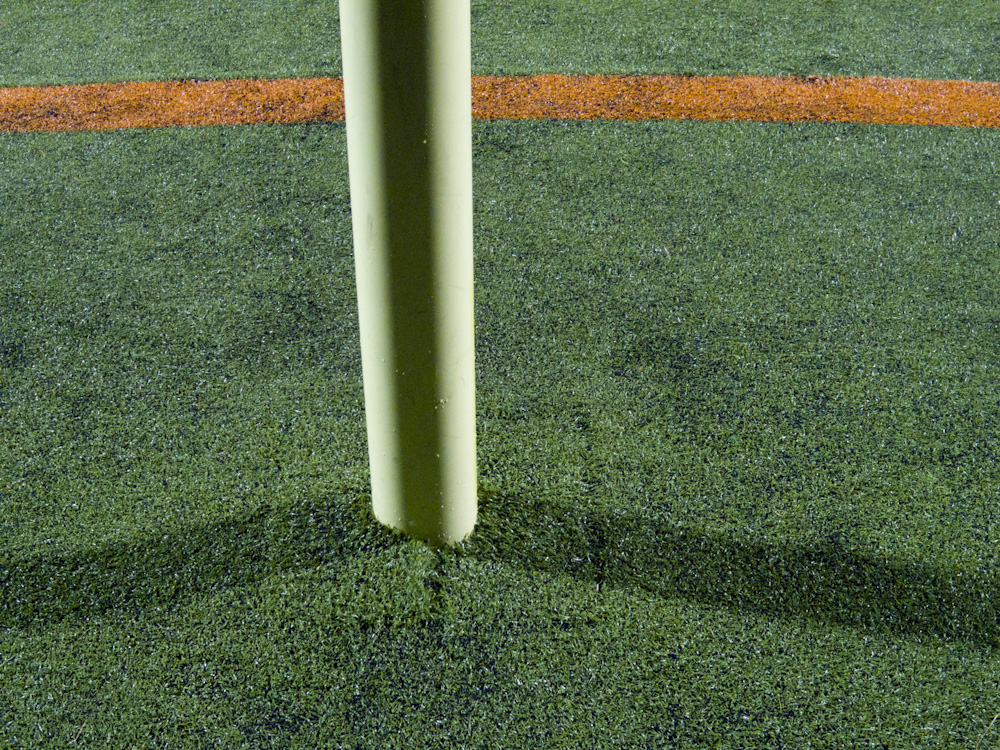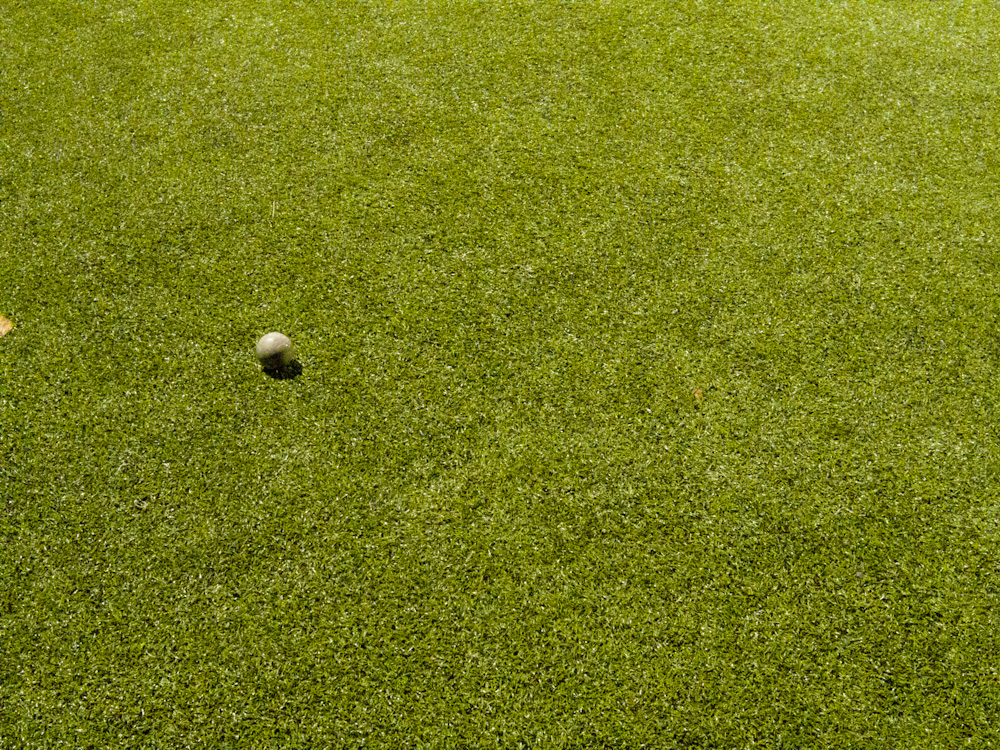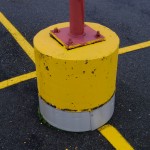#Polaroid a week (19)
Colour on the shelves
These are all shot with the HTC Evo 3D phone, in 2 dimesions however.
Battle of the irrelevant. Canon vs Pentax
What we have here are two very good compact film cameras from that awkward time when the digital megapixel race was to get to 1.2 Million. Digital wasn’t quite there or in the mainstream and people were still wanting to take pictures of their cats. So If you wanted a good quality camera around the turn of last century (I always wanted to say that) these were two top choices.
They are well built cameras with very good optics. The Pentax 24EW has a 24mm to 105mm zoom which is very wide considering most others point and shoots of the time started around 35mm. The Canon on the other hand has a 38mm to 120mm zoom which gives a bit more reach while giving up the wide end.
One interesting feature that both cameras posses is the ability to automatically zoom to frame a portrait. If you select this mode on either camera and then give the shutter a half press they will change the zoom setting to take a head and shoulder shot of your subject. That may not be amazing for a digital camera but don’t forget these are film point and shoots, from the turn of the last century.
The Canon is considerably heavier than the Pentax which may be a detriment in some cases but allows it to remain standing even when fully zoomed.
You can also see in this picture that the Canon flash has popped out of it’s side bay door. It does that when ever the camera is turned on whether needed or not. Pentax you are now forgiven for drooping.
I recently shot a roll of Kodak 400 through each of them and should get the negatives back this week, at which time I will post the comparison results. See isn’t film fun, the suspense is harming me severely.
Blogging from an Android phone

This is a test of the WordPress for Android app. The main problem I see with this is I can’t type fast enough. I’m actually a pretty good typist on a regular keyboard, and can put my thoughts down as they come to me. For short posts though this may be fine. Phew I have to stop soon, right after I add a photo.
Pentax Q high ISO
While playing with the Pentax Q I allowed myself to mostly forget about the technical and pretend that I don’t know much about photography. Some might argue that would be quite easy, but taking this position allowed me to experience the Q how I think it is intended. Pentax seems to have broken most of the rules that have governed digital photography. The last ten years have seen incremental advancements in technology making each new camera slightly better than the last. With the Q Pentax appears to have said OK things in the world of cameras are pretty good lets start over. What I mean by this is that as people are agonizing over whether to choose a camera with a slightly smaller sensor to get a smaller camera, Pentax has just said forget about the sensor size you want small this is what it takes. Nikon has done a similar thing with their new 1 system cameras the j1 and v1 and used a sensor much smaller that APSC but which is still 4 times the surface area of the Q’s sensor (116mm vs 28.5mm). The Internet is rife with information and arguments about how sensor size affects high ISO low light performance so I won’t bother with that but just present where the current state of the art appears to be, all be it in a very tiny camera.
So here are some examples of the high ISO performance with details, I haven’t applied any luminance noise reduction to the images but have left the color noise reduction of Lightrom at the default 25 for the RAW files. I also haven’t done any distortion correction correction to the RAW images.
ISO 1600 f3.5, 1/40 sec RAW and a 1 to 1 crop
This one was shot as a jpeg with no further processing. ISO 3200 f2.5 1/60 sec, and the 1 to 1 crop follows
ISO 6400 f4.5 1/60sec RAW again no luminance noise reduction applied and the 1 to 1 crop
So what are my conclusions from what has to be admitted as a very short 3 hours with the camera. It’s smallness defines it. I don’t think that I was able to show how small it is through pictures which seems odd. You would think you can just put it beside something of a known size and there you are, but it isn’t quite that simple. It changes the measuring stick of small. I’m not entirely sure how to define this camera because there is a trade off with the size and I think that is in the absolute image quality. Perhaps I’m not able to pretend hard enough to let the tech geek in me forget about the image files and only see the pictures. I’m not sure that the Q will attain main stream acceptance but I’m also not sure that was what Pentax was going for, the build quality of the Q is extremely high and it just looks cool.
Pentax Q Base ISO sample pictures.
These files where shot as Jpegs in camera and imported into Lightroom.
The thumbnails link to full size samples but because of file size restrictions I have had to compress the original files to under 2Mbytes each. This is a small amount of compression as the original files are not much bigger so any effect of the processing should be minor.
Pentax Q first impressions
OK it’s small every one understands that, but it is really really small, smaller than I can easily convey. Despite the diminutive size it is easy to use and has direct access to all the necessary controls and quickly becomes just a really tiny image making machine. Walking around with it I could quickly compose shots on the rear LCD and it was quick to lock focus in all but the most challenging conditions, ones where I think any focus system of this type struggles and even phase detect systems of DSLR’s slow down.
I shot mostly in Program mode and used the rear dial to change the aperture while letting the camera choose the shutter speed, effectively using it as aperture priority/program hybrid. The ISO has a direct button and once selected can be changed with the rear dial without the need to hold down any other buttons. This menu selection stickiness is a welcome change from having to press the ISO button of my DSLR while changing with the dial. It’s necessary because there really isn’t enough room on the camera to have more than one finger poking something at any one time. That said all the variables that you would want to change are easily done with one hand. As for the ergonomics of holding the camera, it is quite good, the front grip area has space for a finger which really gives a solid hold with your thumb on the back. The buttons have a very nice high quality feel as does the entire camera.
I didn’t really have a good opportunity to shoot any moving subjects so I can’t really say how it performs under those conditions. My impressions of the JPEGS out of the camera are that they are free of objectionable noise bellow 1600 ISO but above that you begin to see smearing of detail. Leaving the technical aside it performs well and is unobtrusive, freeing you to make pictures. I suppose the question you are left with is whether the trade off of size and fun is worth what is in my opinion a slightly lower image quality than what can be gotten with larger interchangeable lens cameras. I find myself to be between the two camps. I absolutely love the build and size of the Q but I find I’m, possibly unfairly, comparing it to what I can do with my DSLR. I certainly wouldn’t have felt comfortable moving around in the places I did today with a large camera and lens.
I have to admit not reading the manual because of the limited time I had and therefore I didn’t make as many changes as I might have otherwise. One thing I find unfortunate is that it can not be used to wirelessly control external flashes, perhaps this is as much for the fact that the curent flashes dwarf the camera, although they can be mounted and used on the hot shoe. In my next post I will have some sample images after I sort through what I took today.
In celebration of the small, Olympus XA
Small is beautiful as far as I’m concerned when it comes to cameras. Here are some frames from my Olympus XA which is the smallest true rangefinder that I own. I wish that I could design my own camera free of any concerns about money or infinging on copyright or purhaps the laws of physics. It would end up being pretty small and not necesarily have a lot of features beyond easy controls, something like a digital Olympus XA maybe?

Here is the XA nestled next to the Pentax K10D with grip, which wouldn’t be confused for a small camera, unless you were a gaint.





















































